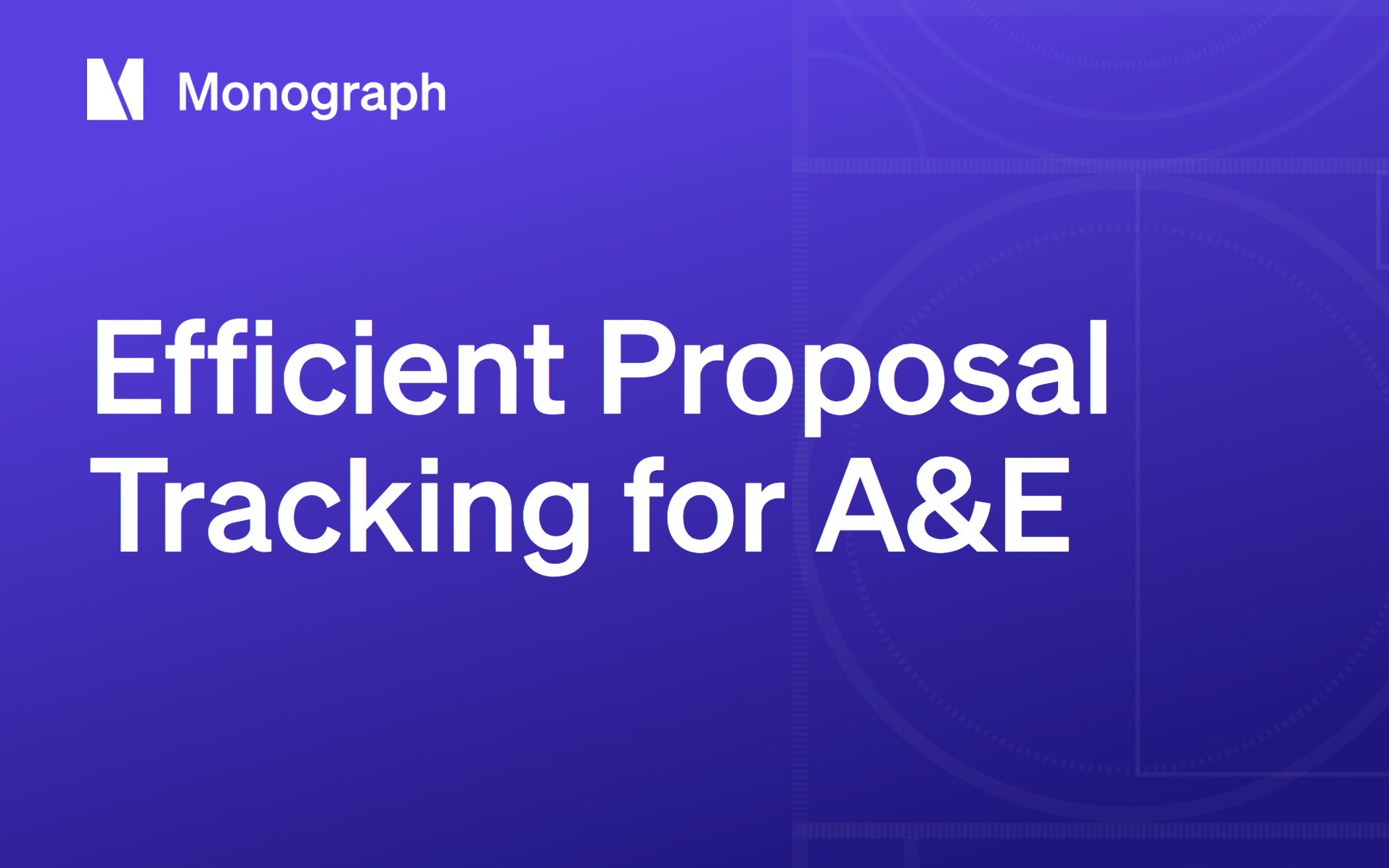Contents
As the world embraced the impact of a global pandemic, so too did the architecture industry which contracted in the first half of 2020 as a reaction to the market uncertainty brought about by the spread of COVID-19. The unequal distribution of stay-at-home orders and construction halts instigated a series of mitigating measures by firms large and small.
The impact was felt throughout the Architecture, Engineering, and Construction industry — more than 90% of firms surveyed by PSMJ Resources said they have experienced some project delays or cancellations.
As a result, firms instituted pay cuts, furloughs, and layoffs, or some combination of the three. Others in the U.S., mostly larger firms, were able to qualify for Paycheck Protection Program loans from the federal government and were able to retain the majority of their employees.
However, the second-order and third-order effects of the global pandemic evolved to favor the industry by the end of 2020. Projects that were halted restarted and proposal activity rebounded in the third and fourth quarters of the year.
This year’s report looked at the large trends that have shaped 2020 and will continue to shape the architecture industry well into 2021, according to a survey of 23 firms and industry research.
Key Findings
- Architecture firms are embracing a remote work culture. In our survey, 39.1% of respondents said they’re working in a hybrid model and 34.8% are working fully remotely. Compared to that, only 13% of architecture firms remain working in the office.
- The market has shifted to the residential sector. Nearly 2 in 5 architecture firms (35%) are seeing an uptake in residential work coming in the new year.
- Most look forward to hiring next year. 52.2% of surveyed firms are planning on hiring next year mostly for those with skills in Design Experience (34.8%) and secondly in Marketing/Business Development Experience (13%).
- Architecture fees will most likely stay the same in the new year. 90% of the surveyed firms didn’t change the way they charged per project in 2020. About 5 out of 10 architecture firms (45%) are also planning to keep their fees the same next year.
Architecture Firms are Pivoting into a Hybrid Mode
With the majority of firms currently transitioned to either a fully home-based work environment or a hybrid model, leaders should evaluate the opportunities that a remote work model can provide their organization.
According to Gensler U.S. Workplace Survey in 2020, over half (52%) of U.S. workers would prefer a hybrid work environment with the flexibility of working some time at home and some time in the office. As employees expect more hybrid models in the workplace, architecture firms need to find ways to balance both.

What Architects Can Do:
Whether being able to recruit and hire talented team members in other markets or providing an inclusive environment for various life scenarios amongst existing employees, a hybrid or remote model allows teams to operate with more flexibility while maximizing morale.
The pandemic, as one respondent noted, “forced some significant technology changes/updates that needed to happen, but had to go quickly.” Not limited to the need to purchase laptops, many firms have taken the time to redesign their design operations in partnership with internal and external IT teams and have discovered new online-based tools to help streamline several parts of the firm and design management.
For example, tools like Miro are being used extensively for brainstorming and project ideation while a tool like Monograph is helping firms manage the complexity of real-time budget tracking and schedule while not having to be in the same room with their team or even in the same time zone.
Residential Work is On the Rise
A combination of the lowest interest rate environment in years and the global pandemic’s disproportionate impact on the rise of Work from Home policies amongst knowledge workers has created an environment where people are remodeling their homes or relocating to other cities where they can afford to upgrade their lifestyle.

What Architects Can Do:
Architects can tap into this new demand by building relationships with real estate brokers and investing resources into their local SEO.
By placing themselves in the shoes of first-time homebuyers, you can begin to optimize specific parts of your website to ensure new visitors have all the information they need to understand the step-by-step process behind the design and delivery of their new home or renovation.
This year, we also saw new zoning updates that have opened up a market for Accessory Dwelling Units in various major cities. Anticipating this trend, in the past couple of years, vertical-specific companies with tech-enabled delivery and fabrication have emerged to take advantage of the limited housing stock available in major markets.
Companies like Cottage, Habitat, Cover, and others should be on the radar of leaders within firms that focus heavily on single-family homes as their tech-enabled combination of great customer service and client-centric operations.
Businesses and Hiring are Coming Back in 2021
Over half of our respondents (52%) plan to hire in 2021, while a third are unsure. Coupled with the unequal distribution of COVID-19’s impact, the majority of our respondents are still hopeful for the new year to come.

What Architects Can Do:
Plans change. The most anyone can do is prepare for the opportunity before it arrives. Some actionable steps all firms can take center around recruitment, investment in current employees, and technology infrastructure.
When it comes to recruitment, building relationships is critical. Reaching out to local schools of architecture by participating in design reviews or career fairs is a great way to get introduced to talented students.
Identify opportunities to meet other design professionals in your community and build relationships that might evolve into job offers in the future.
As for your current employees, if you’re not projecting a substantial increase in your project pipeline for next year you should plan to invest in their careers.
Helping your team improve is an activity that compounds the overall capacity and quality of the work your firm produces. It also signals to your team that you are invested in their growth ensuring that they are less likely to leave for new opportunities.
Simply put, leaders cannot afford to operate their firms as a revolving door.
We’ve found that once architects reach around 5 people, the complexity of communication and planning becomes burdensome enough to warrant a technological and process-driven solution beyond spreadsheets. Trying to manage time, budgets, and projects spanning several team members that wear multiple hats is very difficult without a platform that can ensure they’re all interconnected by data in one interface.
Monograph has helped several firms cross the gap from no process or only spreadsheets to a point where they can get their planning faster than they ever would otherwise.
Most are Hesitant to Increase Fees Next Year
Despite a decline in economic growth at the beginning of the pandemic, 90% of the surveyed firms didn’t change the way they charged per project in 2020.

What Architects Can Do:
While many expressed a desire to not raise fees, many firms would acknowledge there is a lack of visibility into profitability within the industry, especially amongst firms comprised of 1 - 20 people.
By using tools in 2021 that can help you understand project profitability in real-time, like Monograph, you’ll be able to evaluate whether you need to increase fees or invest in other tools, talent or processes that help you maintain a healthy margin.
The most important step however is making sure you and your team are prepared and fully committed to tracking time. By do so, you can easily see the relationship between time spent in phases of work and project level profitability.
The Themes That Shaped 2020
While COVID-19 made the design of space and its boundaries an explicit concern across the world, it has served as just one lens through which to look at the profession. Indeed, COVID-19 highlighted the other major themes on our list whether by its disproportionate and severe impact on communities of color or by exacerbating the impact of extreme weather events. We’ll take a brief look at these themes as we anticipate they will continue to shape the industry’s conversation going into 2021.
Social Justice
As the nation went into lockdown, policing behaviors and COVID data surfaced the intensity of deeply ingrained injustices, exclusions, and acts of violence that communities of color continue to experience daily. The architecture industry, along with many others, faced a long-overdue racial reckoning around hiring, research, design, and implementation practices.
NOMA - the National Organization of Minority Architects - led the conversation on racial justice, and for many firms and educational institutions, 2020 presented an opportunity to renew efforts around diversity, inclusion, and equity at the culture and curriculum levels.
Minimizing the effect of racism in architecture will take years of reparation and active anti-racist measures. According to NOMA, of the 116,242 licensed architects in the United States and its territories, only 2% - or 2,325 individuals - are Black.
Surveys on diversity offer certain data points to guide institutions and companies to hire, promote and elevate colored voices within their organizations, but it is also through literature and education that the industry can come to face the persistence of racism, segregation, and oppression in the built environment.
This month, Columbia GSAPP Dean Amale Andraos released an Anti-Racism Action Plan, outlining actionable steps for the school to address anti-Black racism and racial injustice.
2020 also saw the emergence of collective organizations like Office Hours. Through the vision and organizing effort of artist, architectural historian, and theorist Esther Choi, Office Hours formed to respond to requests from young, passionate BIPOC creatives in search of professional advice.
In 2021, we anticipate new advocacy programs to emerge, supported by the major institutions and academia, as it is critically important to continue to advocate for change and invest resources and time into generating diverse pipelines of talent into the profession while mentoring and providing leadership opportunities to existing members of the industry.
Climate Change
The ability for global response surrounding a phenomenon like COVID-19 exposed the lack of coordination and commitment towards issues like climate change. As fires ravaged through Australia, the Amazon, and the U.S. West Coast, the Atlantic hurricane season hit a record of 30 tropical storms - two and a half times more than an average typical season - and deadly precipitation, volcanic eruptions, and insect plagues ravaged many more regions of the world.
Year over year, the damages inflicted by climate change are costing billions to governments around the world. As of October 2020, there had been 16 weather disaster events with losses exceeding $1 billion each in the U.S., and the damage of California fires alone is estimated at $10 billion.
California Governor Gavin Newsom said the state saw 7,606 blazes this year compared with 4,972 in 2019, a 52.97% increase. And according to Cal Fire, five of the top 20 largest fires in California's history have occurred in 2020. In some parts of Oregon, air quality became so hazardous that is measured beyond the scale of the state’s Air Quality Index.
With record-breaking environmental disasters, 2020 posed questions on the circularity of supply chains, the sustainability of our surroundings, and the intentions behind the production and consumption approach in the energy, food, fashion, and design sectors alike.
Earlier in the year, over 1,000 firms pledged to raise awareness about the impact of climate change on the built environment while also committing to take actionable steps in their own practices, from including "life cycle costing, whole life carbon modeling, and post-occupancy evaluation as part of [. . .] basic scope of work", to upgrading existing buildings for extended use over new construction whenever possible.
In 2021, sustainability is an impossible topic to avoid, and any company that is responsible for bringing a product to life will be asked to account for its carbon footprint, shelf life, and effects on the health and wellbeing of its users and the planet.
Institutional Reform
In this year of reckoning and deep reflection, architecture institutions continued to fight for the progress of the industry by proposing measures to strengthen balance, growth, and representation across the practice.
A key player in these efforts is the Architecture Lobby, “a collective of architectural workers advocating for the value of the labor required to design, construct, and occupy architecture.” The Lobby, organized as a decentralized network of Chapters across the country, has put forth a manifesto that sets the demands of the profession, including the enforcement of labor laws prohibiting unpaid labor, wage transparency, licensure upon completion of a degree, and value-based project fees.
Another structural focus concerns the power of co-op practices. In the U.S., firms of 1-9 people make up 76% of the total number of architecture firms, but only 14% of total billings. The Architecture Lobby Cooperative Network group started in 2018, serves as a knowledge and trade network for small firms to help each other. At the collective’s beginning, in “Cooperativizing Small Firms”, Professor Peggy Deamer, argued that sharing administrative obligations could help firms be better businesses; with the Lobby’s Cooperative Network, it evolved to argue that “by sharing expertise that couldn’t be housed in every small firm, they could compete with large firms [by pursuing] exceptional solutions beyond the generic ones offered by large firms.”
The consequences of remote work, married with the social discourses that occupied many minds in 2020, and the technological solutions that are striving to advance the way architects work and manage their businesses, are staging further opportunities for 2021 to be the year of structural and institutional reform across the industry.
Technology
Two main threads in technology emerged throughout the year. The first was the impact COVID-19 had on the operations of architecture firms. Less discussed was the emerging landscape of AEC-focused startups seeking to streamline the inefficiencies inherent in every step of the design and construction process.
Practice Operations
With many practices working remotely for the first time since their incorporation, technological adoption within architecture firms is on the rise. From the classic Zoom, Teams, and Google Drives, to the more specific collaboration, brainstorming, and visualization apps, 2020 set the stage for tech to integrate into the day-to-day of the architecture profession, where it will surely stay beyond work-from-home days.
Direct To Consumer Startups
This year saw continued investment into startups providing end-to-end design and delivery solutions for specific verticals. Startups like Cover, Adobu, United Dwelling, Cottage, and Dwellito are specifically targeting traditional “residential clients” to provide an Accessory Dwelling Unit (ADU) through a streamlined customer-focused delivery experience. What distinguishes them from Design Build firms is the tech-enabled infrastructure they’ve built to deliver a Direct to Consumer experience.
As more cities open up ADUs as a strategy to meet housing demand, these startups can provide a compelling alternative to local architecture firms.
In light of this, the question firm leaders in 2021 should be asking themselves is “What can our firm do to provide a premium, almost consumer-like experience, to our prospective clients?” The answer will likely involve new processes to gather feedback, to provide transparency in the design and delivery process, and improved systems to qualify your prospective clients.
New Tools to Streamline Design Operations
While not new to 2020, a growing trend within AEC technology is the adoption of tools focused on improving design and delivery. Startups like Upcodes, Layer, and even us, Monograph are part of a new movement focused on operational efficiency. While there are a lot of various challenges being addressed, the unifying theme is concentrated on the importance of improving internal workflows in order to provide a better client experience.
Methodology
The survey was conducted online by Monograph from Nov. 19 - Dec 23, 2020, among 23 firms. This online survey isn’t based on a probability sample, so no estimate of theoretical sampling error can be calculated.




